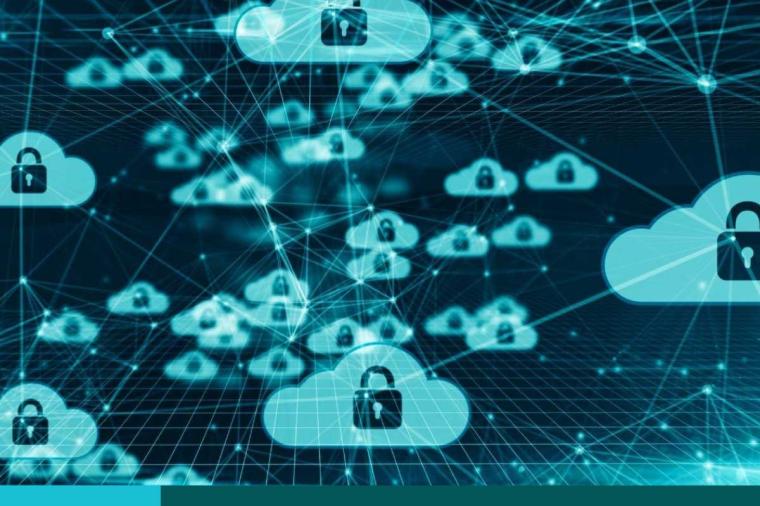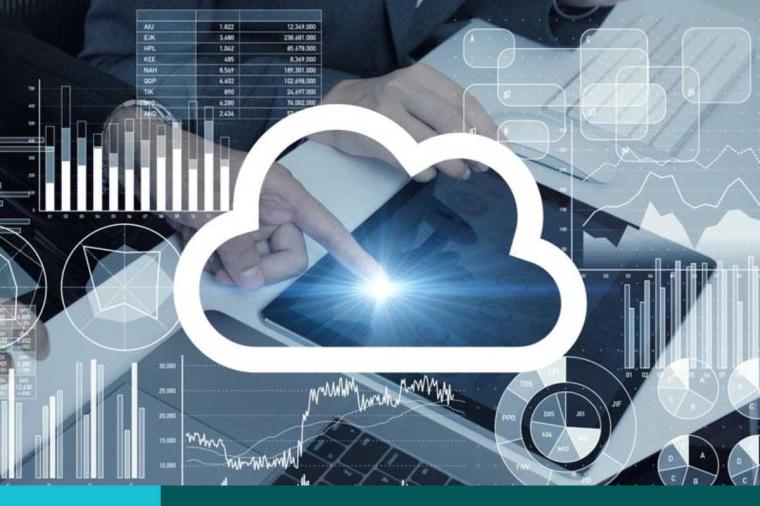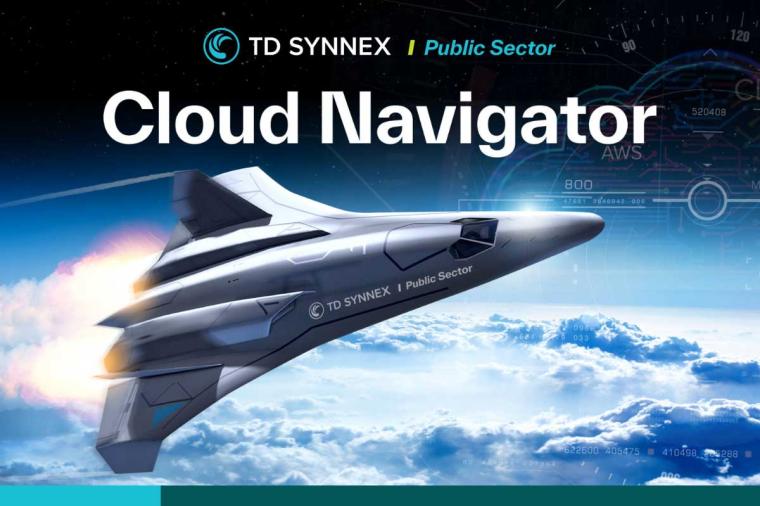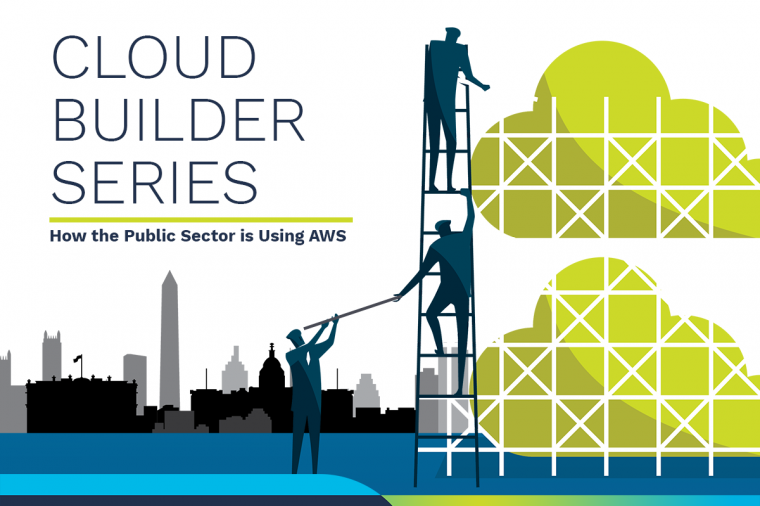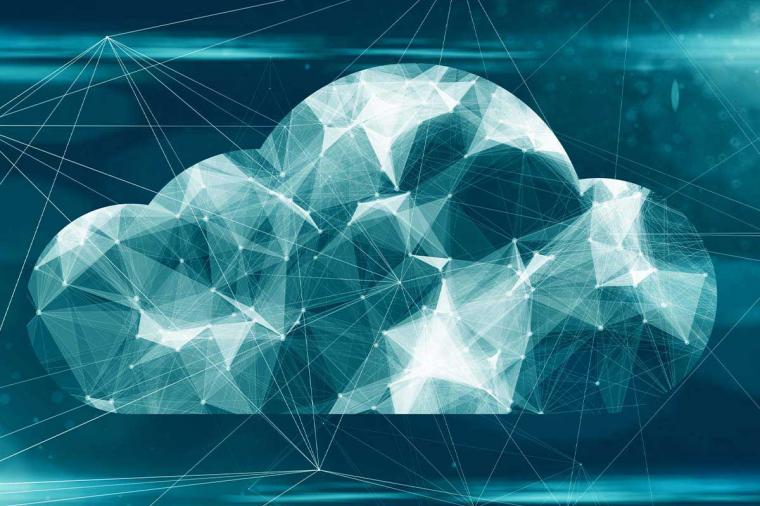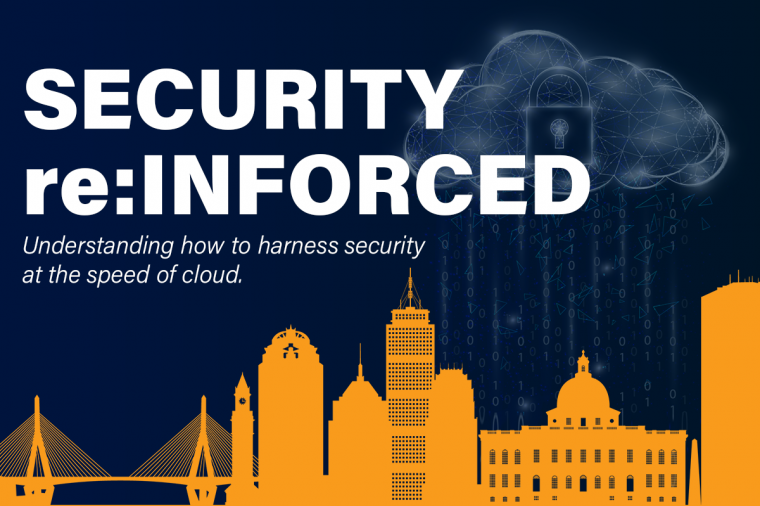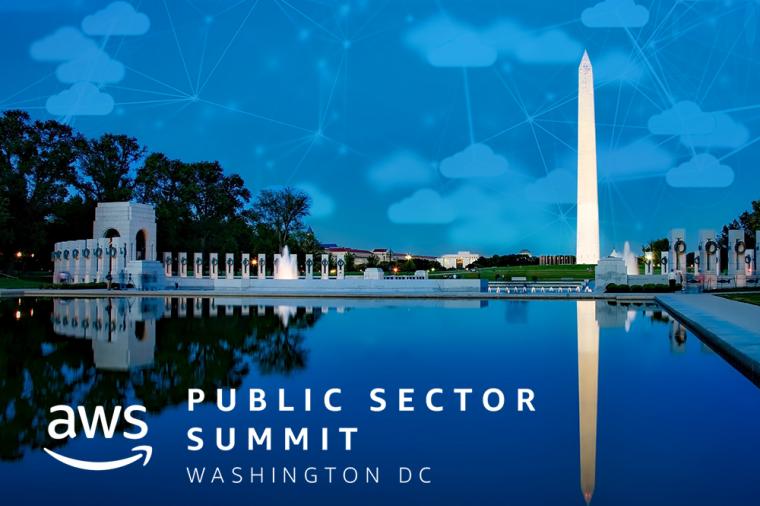The Challenges and Opportunities of Agency Application Modernization
Cloud, enhanced service delivery, improved collaboration, all common goals and challenges for governments of all types. Yet one common thread runs through most agencies, regardless of their strategic goals and missions – over-burdened systems.
When Vivek Kundra first touted the federal Cloud First strategy in 2011 he described the current government IT environment as one characterized by “…low asset utilization, a fragmented demand for resources, duplicative systems, environments which are difficult to manage, and long procurement lead times.”
Application Development Challenges in Government
One of the consequences of these cumbersome systems is a lack of agility needed to support the growing demand for applications and services. Add to this a backlog of application change requests, inflexible software infrastructures and so on, it’s no surprise that efforts to support program office and user needs are frequently frustrated. One of the root causes of these issues is that proprietary middleware solutions lack agility and efficient – development and deployment timeframes are lengthy, and maintenance is often time-consuming and expensive.
Without investments in application modernization, agencies miss an opportunity to meet their goals and take advantage cloud, lowered costs, shared resources, etc. While modernization itself can seem a daunting prospect, doing so is actually much easier than many agencies believe.
A Whole New Way of Looking at Application Development
In Tennessee, for example, the state’s Office for Information Resources (OIR), found itself tied down by expensive proprietary software for its middleware environment. Faced with inflexible licensing terms, OIR was inhibited from adding new functionality to its existing systems, develop new ones, and scale to meet demands.
Despite a lack of open source middleware, OIR made the decision to migrate to a more cost-effective and flexible platform offered by open source solutions in a virtualized environment. A long-time user of Red Hat Enterprise Linux, the OIR chose a Red Hat JBoss Enterprise Application Platform (EAP) which integrated seamlessly with its Linux operating system and provided support that would need to meet its growing technology demands. The overall solution included more than 60 servers used for the custom applications that serve state agencies. With a little training and the help of Red Hat consulting, OIR’s tea, found JBoss easy to deploy, manage and use. Tricia Kitchens, OIR’s director of enterprise services had this to say:
“As we migrate more and more of the state agencies’ custom application to JBoss EAP, the provisioning and deployment time has been reduced from six months to a matter of days. JBoss has allowed us to do more with less, increase our reliability, and allowed us to increase the service we provide to our citizens.”
“It’s now easier to scale a number of CPUs up and down in the current mode, and the system really brings us a lot of value, especially in terms of efficiency and effectiveness. We have saved a significant amount of budget in terms of licensing and hardware costs on TCO.”
Ease Your Move to the Cloud
JBoss also makes the move to the cloud by creating an application infrastructure that spans existing on-premise environments. Its cloud-ready architecture includes a modular, services-driven set of components that simplify how applications can be deployed in different environments. In addition, its flexible management tools let you programmatically manage applications and automate processes as you build or integrate with your own tools and technologies, including private clouds. JBoss also works with both multi-core and virtualized environments, something that leading servers do not.
 Application Modernization for Govies – Free eBook
Application Modernization for Govies – Free eBook
Modernizing an application infrastructure can be much easier than many agencies believe. This is the case made in DLT’s latest eBook: Application Modernization for Govies™. In a few pages, DLT and Red Hat address the questions and challenges that vex government agencies as they seek to modernize application infrastructures. Download your free copy.

























